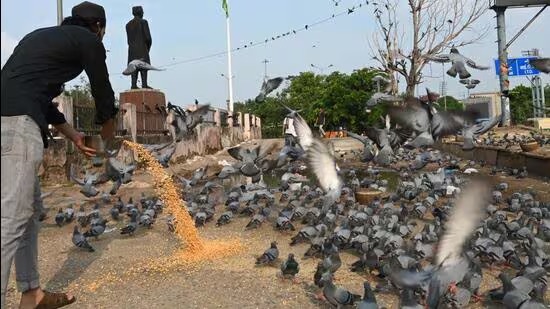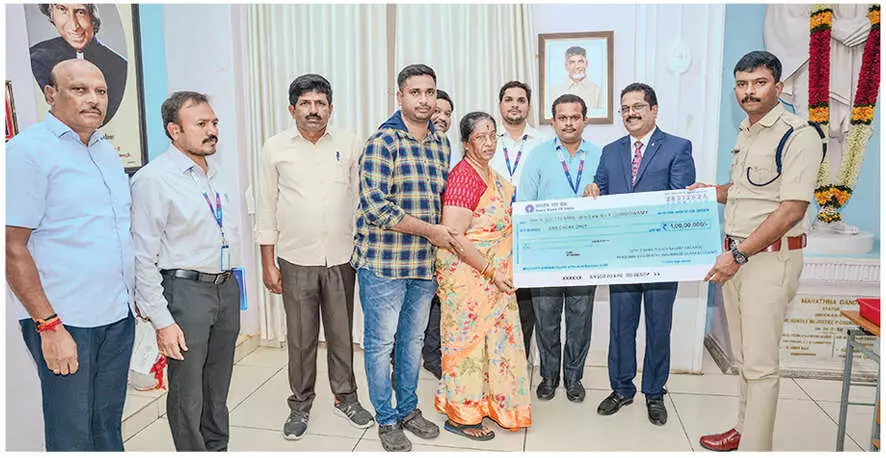
Follow WOWNEWS 24x7 on:

Despite mounting health concerns and civic advisories, Delhi’s long-standing tradition of feeding pigeons continues to thrive across the city’s traffic islands, pavements, and residential pockets. The Municipal Corporation of Delhi (MCD) has intensified efforts to curb the practice, citing serious respiratory risks and urban hygiene issues. Yet, for many residents, the ritual remains deeply rooted in faith, karma, and community sentiment.
Tradition vs Regulation: A Cultural Standoff
Feeding pigeons in Delhi is more than a morning routine—it’s a spiritual offering, a gesture of goodwill, and for some, a prayer for healing. Vendors like Muhammad Yunus near Delhi Gate have been selling roasted gram and corn for over 15 years, catering to a steady stream of bird feeders. Despite receiving challans and eviction notices from the MCD, Yunus continues his trade, supported by patrons like Sudha Pandey, who believes feeding birds brings blessings.
Key highlights from the ground:
- MCD has issued multiple warnings and health advisories over the past year
- Boards declaring ‘No Feeding Zones’ have been installed at hotspots like Shastri Park and Kashmere Gate
- Vendors continue to operate discreetly, often hiding grain sacks to avoid penalties
- Residents cite religious beliefs and emotional connections as reasons for defying civic orders
The civic body faces a complex challenge: balancing public health with cultural sensitivities.
Health Hazards and Environmental Impact
Medical experts have raised alarms over the unchecked pigeon population and its consequences. Pigeon droppings are known to carry pathogens such as Salmonella, E. coli, and fungal spores like cryptococci, which can trigger respiratory conditions including hypersensitivity pneumonitis and lung fibrosis.
Key observations from health authorities:
- A single pigeon produces over 11 kg of droppings annually
- Droppings and feathers contribute to airborne allergens and fungal infections
- Vulnerable groups—children, elderly, and immunocompromised individuals—face heightened risks
- MCD’s veterinary department has been tasked with population control measures, including capturing and relocating birds
Hospitals across Delhi have reported a rise in respiratory complaints linked to prolonged exposure near feeding spots.
Urban Disruption and Resident Concerns
Beyond health, the feeding frenzy has led to traffic disruptions, sanitation issues, and ecological imbalance. In areas like Chittaranjan Park and Nehru Apartments, residents complain of foul smells, rodent infestations, and pigeon nests invading balconies. The accumulation of rotting grains and bird carcasses has also attracted stray animals, further complicating the urban ecosystem.
Resident feedback includes:
- Motorists injured due to low-flying birds near busy intersections
- Increased feline population feeding on dead pigeons
- Grain waste leading to rat infestations and home intrusions
- Lack of designated feeding zones causing chaos in public spaces
Despite repeated appeals, enforcement remains weak, and civic workers struggle to maintain cleanliness.
Policy Outlook and Future Measures
The MCD is considering a city-wide ban on pigeon feeding in public areas, following similar moves by the Brihanmumbai Municipal Corporation. However, officials admit that a blanket ban may be impractical without alternative solutions. Suggestions include creating designated feeding zones, launching awareness campaigns, and regulating grain vendors.
Forward-looking proposals:
- Survey of existing feeding spots to assess risk levels
- Collaboration with religious leaders to promote safe practices
- Introduction of eco-friendly feeding stations with waste management systems
- Data collection on disease prevalence linked to pigeon exposure
The debate continues to pit cultural tradition against public health imperatives, with no clear resolution in sight.
Sources: Indian Express, Hindustan Times, ThePrint, Times of India, ABP Live, Fortis Hospital Shalimar Bagh, MCD Health Department, National Institute of TB and Respiratory Diseases, Sir Ganga Ram Hospital, Biodiversity Parks Programme Delhi





